Indian Universities To Teach Engineering Students That Batteries and Planes Were Invented in India Thousands of Years Ago

An Indian education organization recently sparked controversy by introducing an optional engineering course that teaches students that modern inventions like aeronautics, batteries, as well as knowledge of gravity existed in India during the Vedic Age, thousands of years ago. Human Resource Development Ministry (HRD) decided to introduce into the country’s engineering curriculum a controversial book […]
Scientists Discover Deep-Sea Fish Species That “Rapidly Melts” If Brought to the Surface
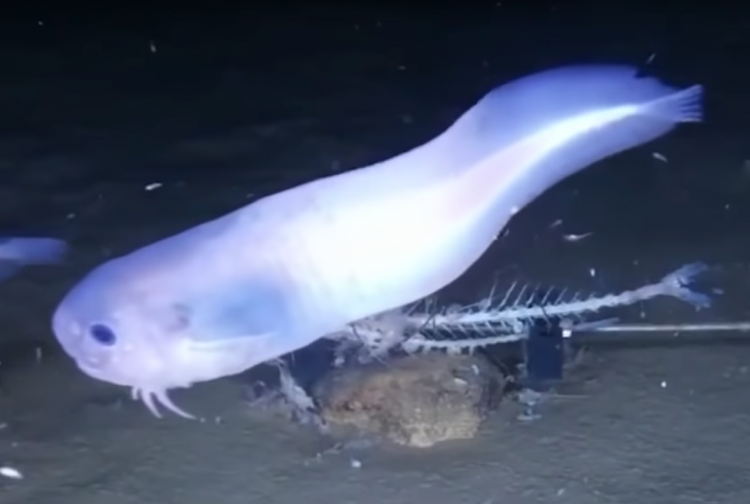
Scientists at Newcastle University recently discovered three new species of deep-sea snailfish that are so well-adapted to their extreme environment that they would “rapidly melt” if brought to the surface. The squishy fish were discovered during an international expedition to explore the depths of the Atacama Trench, one of the deepest parts of the Pacific Ocean, […]
Caterpillars Don’t Have Lungs, But Somehow This One Can Scream to Keep Predators Away
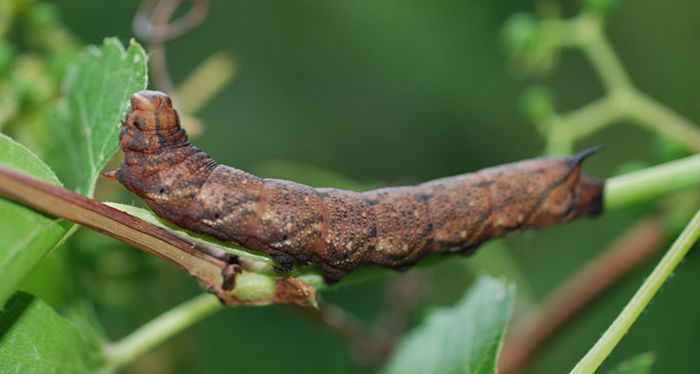
Apart from the sound they make while chewing on leaves, the vast majority of caterpillars are silent creatures. However, the Nessus sphinx hawkmoth caterpillar is able to produce clicking noises that sounds a lot like static, as a self-defense mechanism, and scientists believe they discovered how. Insects have no lungs, but some of them can be […]
This Company Claims They Can Preserve Your Brain for Future Use. But First They Have to Kill You

Just because your body will eventually wither away and die doesn’t mean your brain and all the memories stored in it have to. At least that’s the pitch made California-based company Nectome, which claims to perfectly preserve clients brains for use in the future when technology will allow all the information stored in them to […]
Japanese Farmers Develop “Incredible” Banana with Edible Skin
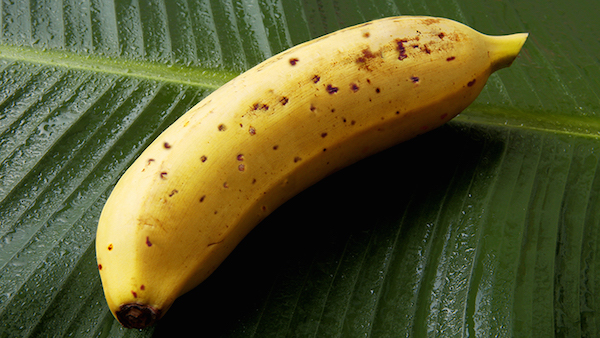
Fruit farmers in Okayama, Japan, have managed to make peeling a banana optional by developing a special variety with edible skin. The peel of their “Mongee Banana” is not particularly tasty, but it is considerably thinner and far less bitter than that of regular bananas, making it 100% edible. To create the incredible Mongee – […]
MIT Scientists Develop Method to Make Plants Glow in the Dark
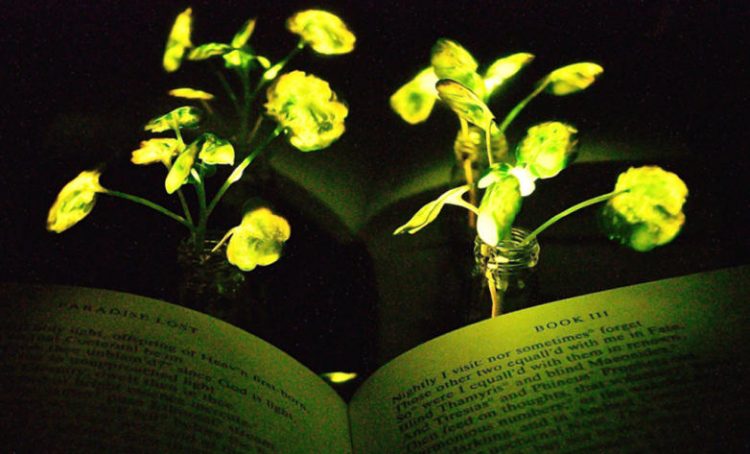
MIT researchers have made an important breakthrough in their quest to make plants that glow in the dark a reality. In what they call Plant Nanobionics, the engineers embedded nanoparticles into the leaves of a watercress plant that caused the plants to give off a dim glow for three and a half hours. Their next […]
Terrifying Fungus Kills Insects by Taking Control of Their Muscles But Leaving Their Brains Intact
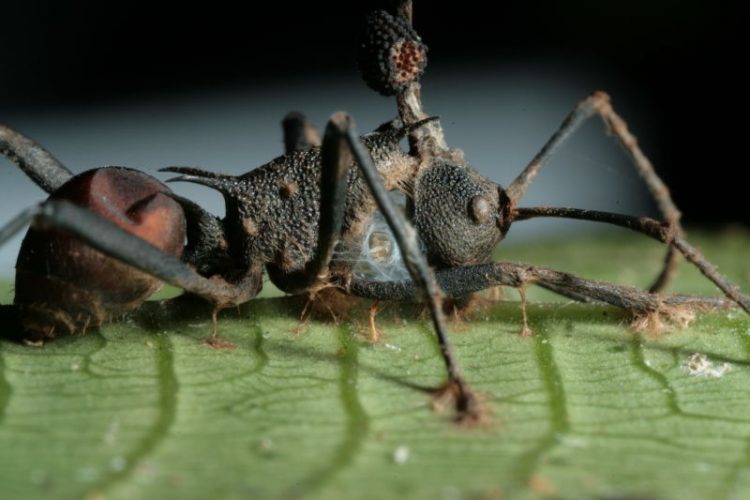
A parasitic fungus, of the genus Ophiocordyceps, uses carpenter ants to complete its life cycle by turning them into zombies. The ant encounters the fungal spores while foraging and the fungus quickly infects and spreads throughout its body, hijacking the insect’s nervous system. It then forces the ant to climb vegetation, where it will clamp […]
How Discarded Orange Peels Brought a Costa Rica Forest Back to Life
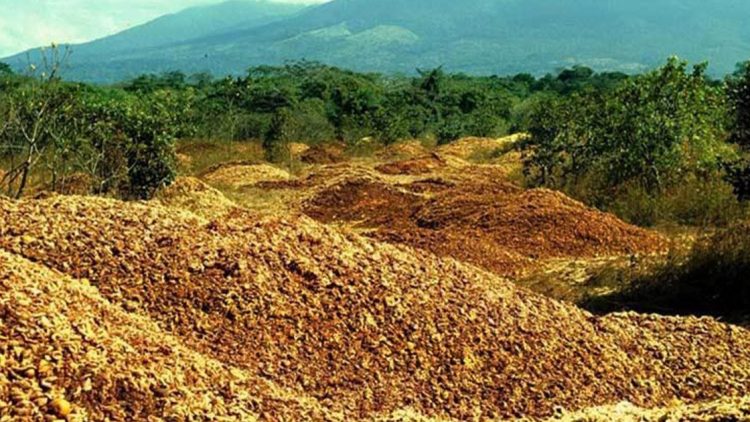
20 years ago, a couple of ecologists fighting for the conservation of Costa Rica’s tropical ecosystems convinced a large orange juice producer to donate part of their forestland to a national park in exchange for the right to dispose of massive amounts of orange peels on a degraded plot of land within that same park. […]
World’s Largest “Artificial Sun” Could Fry Any Living Thing in an Instant

Scientists in Germany recently turned on the “world’s largest artificial sun” a device made up of 149 Xenon short-arc lamps that can create about 10,000 times the amount of solar radiation we get on Earth. That’s enough to melt metal or fry pretty much any living thing. Luckily, researchers don’t plan on using this powerful device, called […]
Researchers Create Transparent Wood That Could One Day Replace Glass in Windows
It may seem inconceivable, but believe it or not, there really is such a thing as transparent wood. After decades of work, scientists at the KTH Royal Institute of Technology in Stockholm have finally managed to create a viable material that, if mass produced, holds the potential to revolutionize architecture and solar technology. According to researchers, transparent […]
The World’s Longest-Running Experiment Started in 1879 and Will End in 2100
Since the late 19th century, botanists at the Michigan State University have been collaborating on a single seed-germination experiment. Now in its 137th year, it is turning out to be the world’s longest recurrently monitored scientific study. It will end in the year 2100, which means most of us won’t even be around for the […]
Blind Woman with Multiple Personalities Can See When She Is a Teenage Boy
Despite our many technological advancements, the human brain is still a big mystery, as proven by the recently published case of a German woman who, although legally blind, has her sight miraculously restored at times. The 37-year-old suffers from dissociative identity disorder (DID), and apparently has perfect vision when she switches to eight out of her […]
Two Year Old Girl Becomes World’s Youngest Person to Be Cryogenically Preserved
Scientists and doctors have made a huge leap in cryonics – the effort to save lives through sub-zero temperatures – by freezing the body of a two-year-old child. Matheryn Naovaratpong is now the youngest person in the world to be cryogenically preserved. Fondly known to her family as ‘Einz’, the little girl was diagnosed with […]
Nemo’s Garden – Italy’s Revolutionary Underwater Fruit and Vegetable Farm
In a bid to explore alternative methods of growing produce, an Italian company has created the world’s first underwater farm. The futuristic station – aptly named Nemo’s Garden – consists of five transparent biospheres anchored to the bottom of the sea off the coast of Savona, Italy. They’re being used to grow strawberries, basil, beans, garlic, […]
Russian Scientist Claims Ancient Race Drove Giant Cars on Earth and the Tracks Are Still Around
A leading Russian geologist recently made the bizarre claim that the mysterious groove like markings found in the Phrygian Valley of central Turkey were made by giant, pre-historic cars, millions of years ago. Dr Alexander Koltypin, director of the Natural Science Scientific Research Centre at Moscow’s International Independent University of Ecology and Politology, made his statement […]
